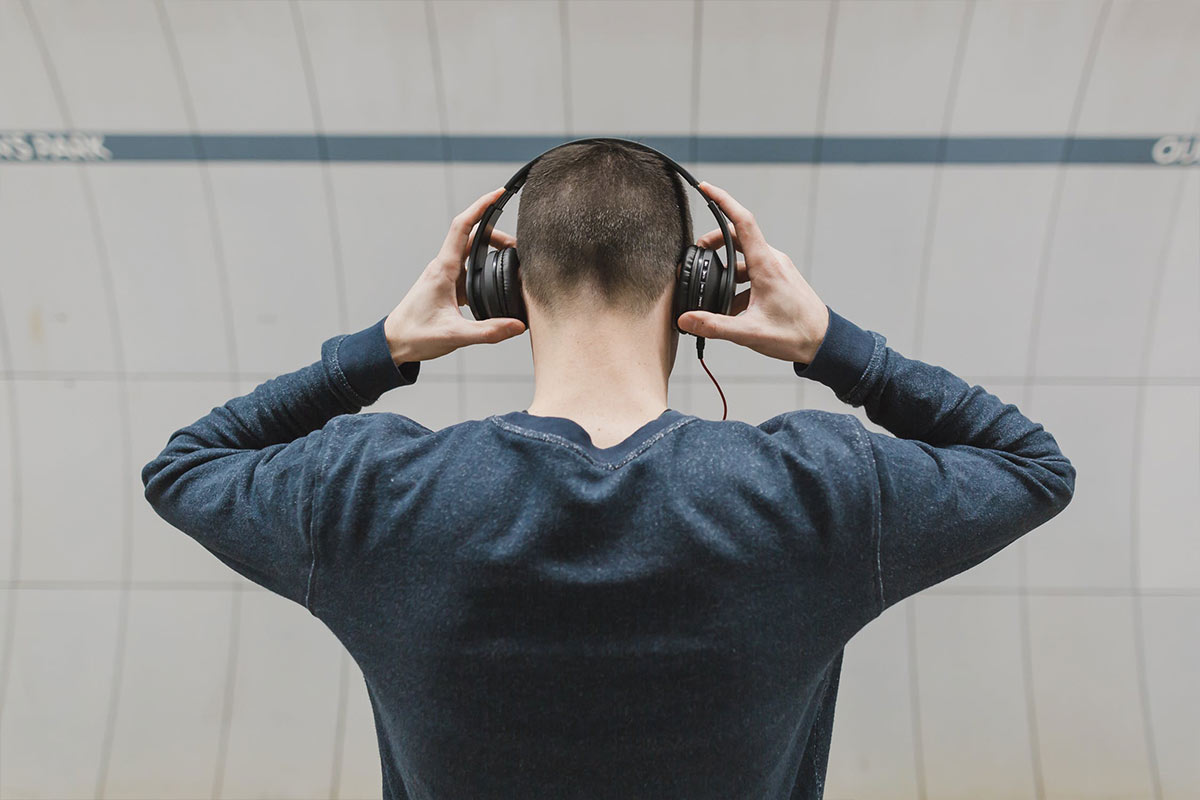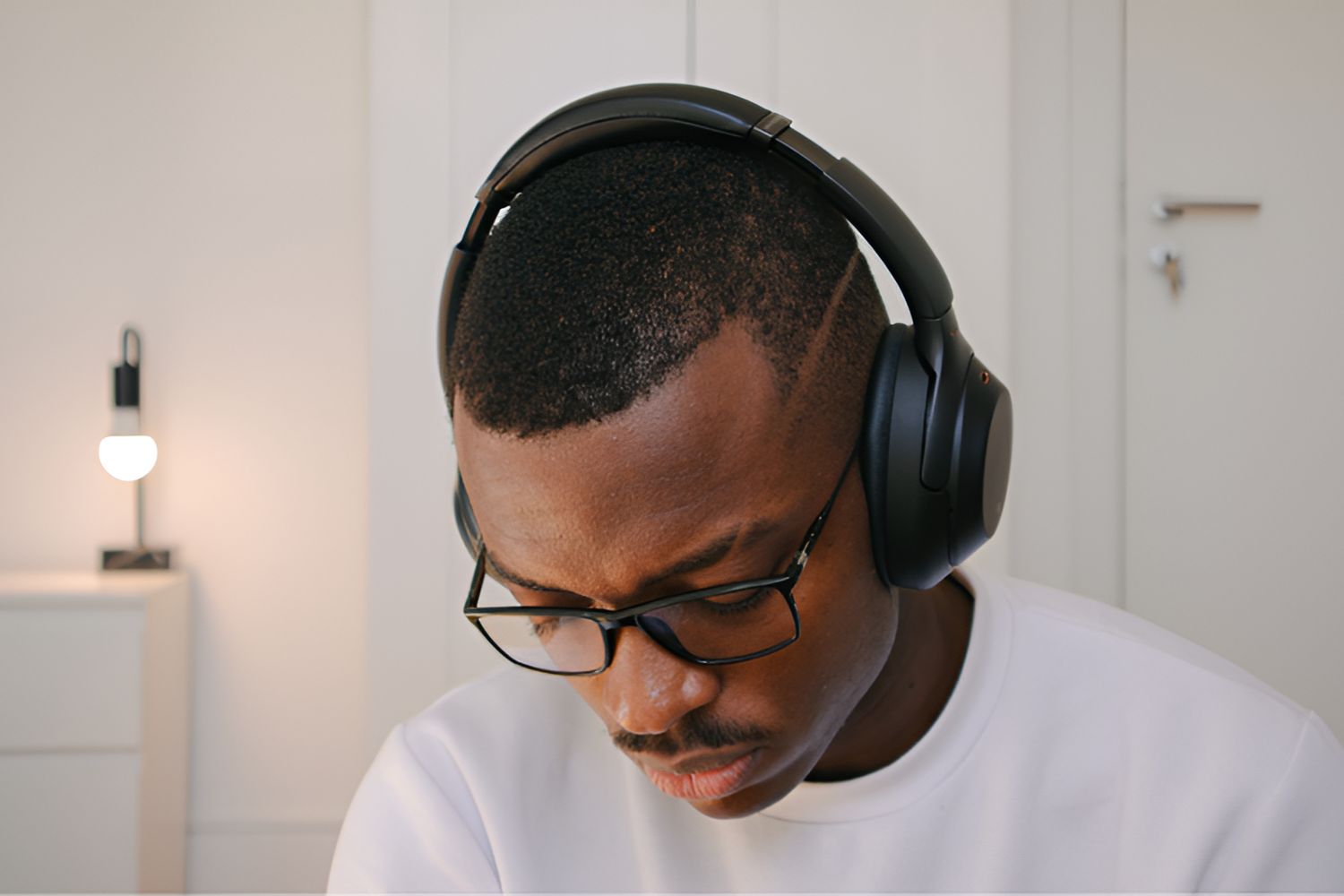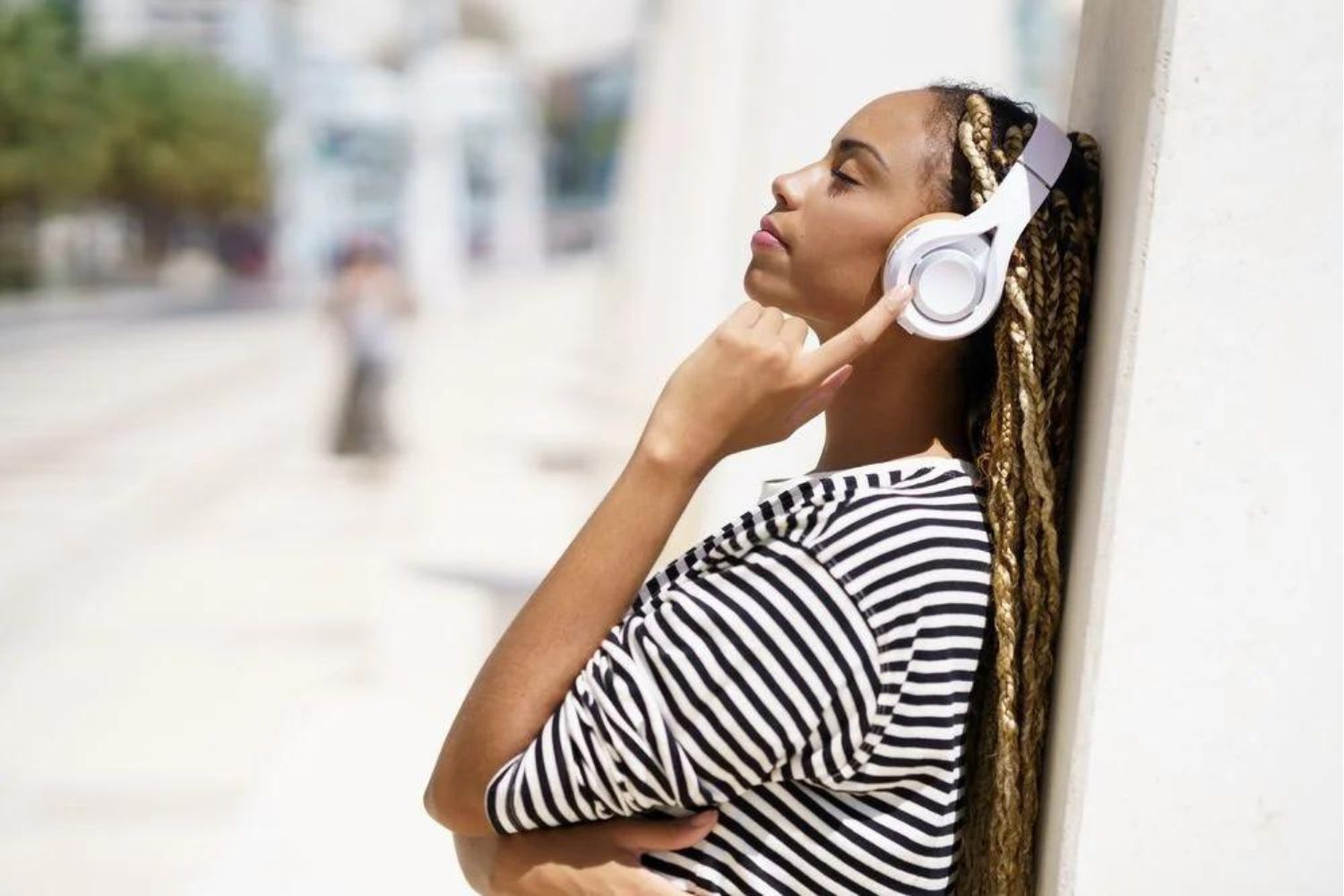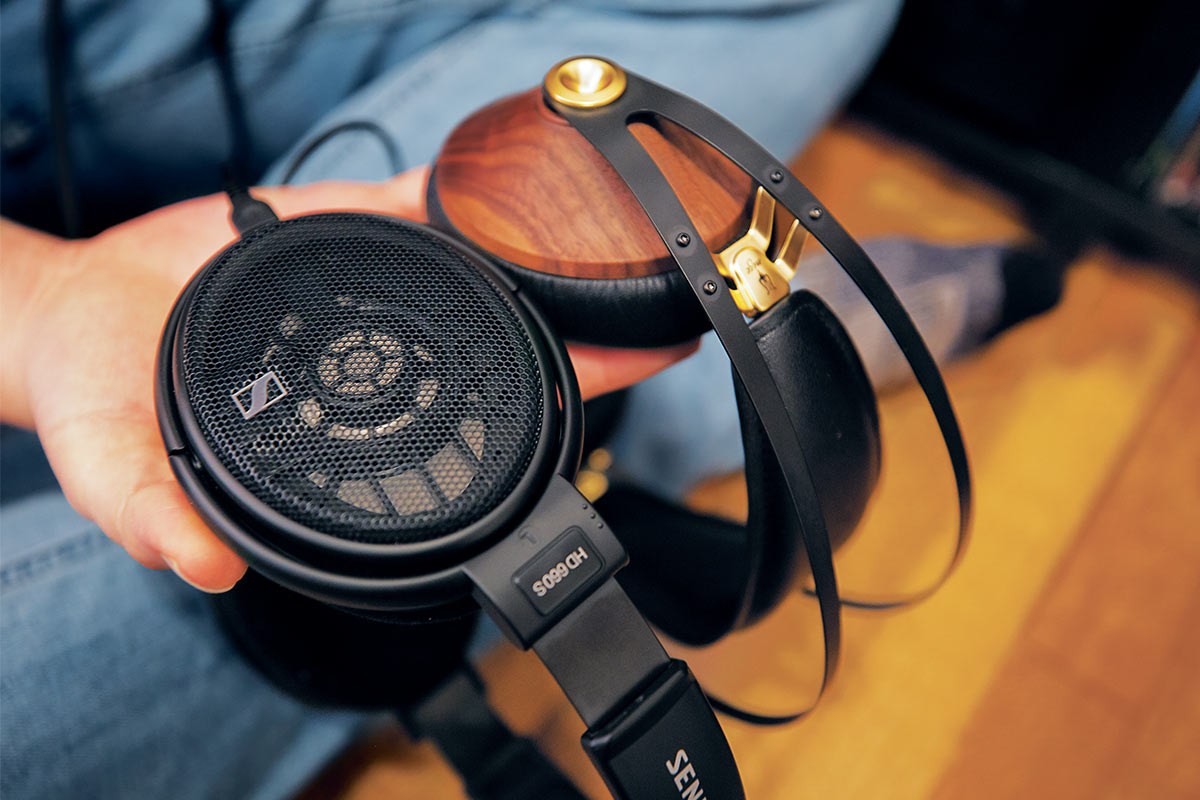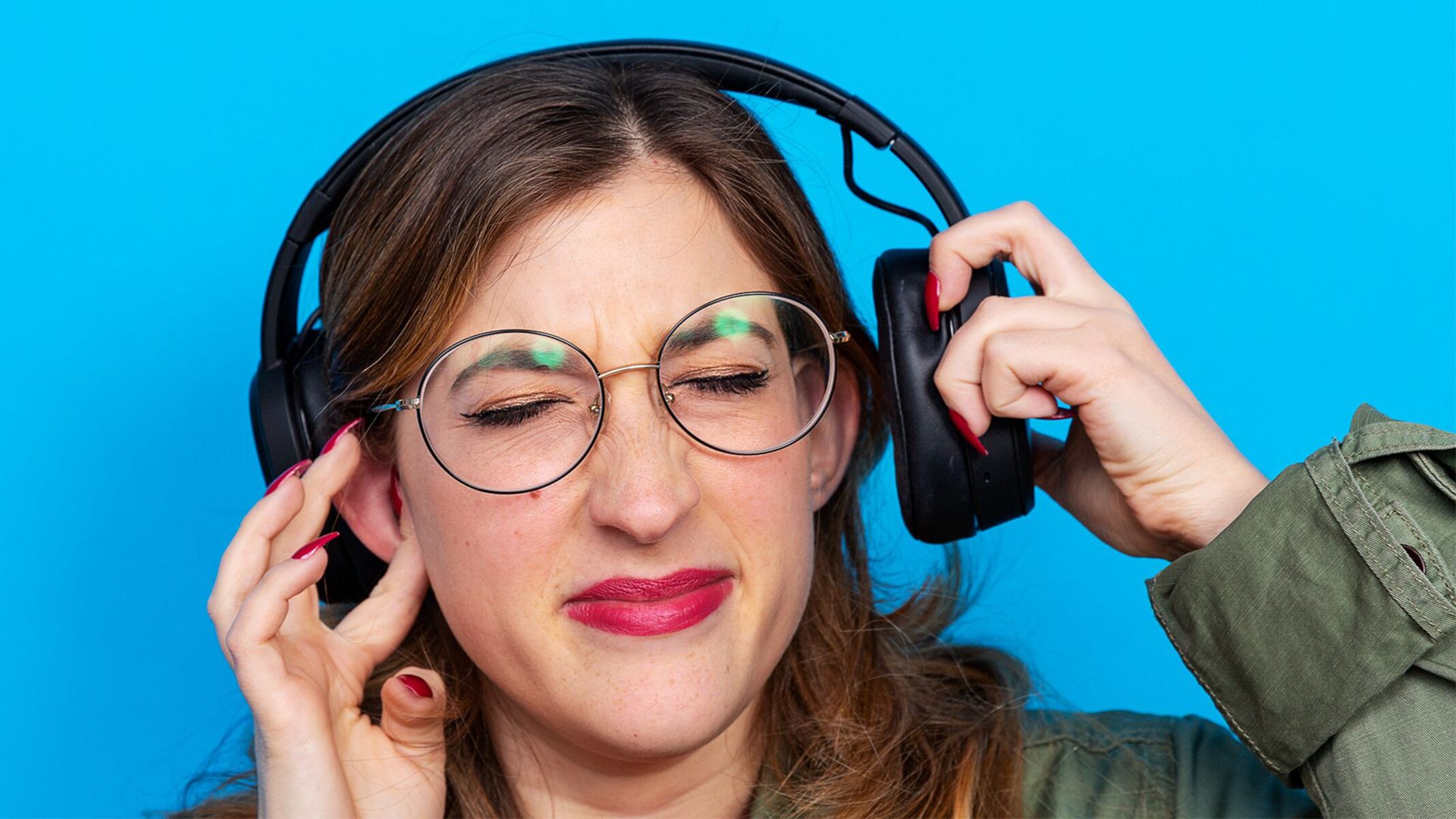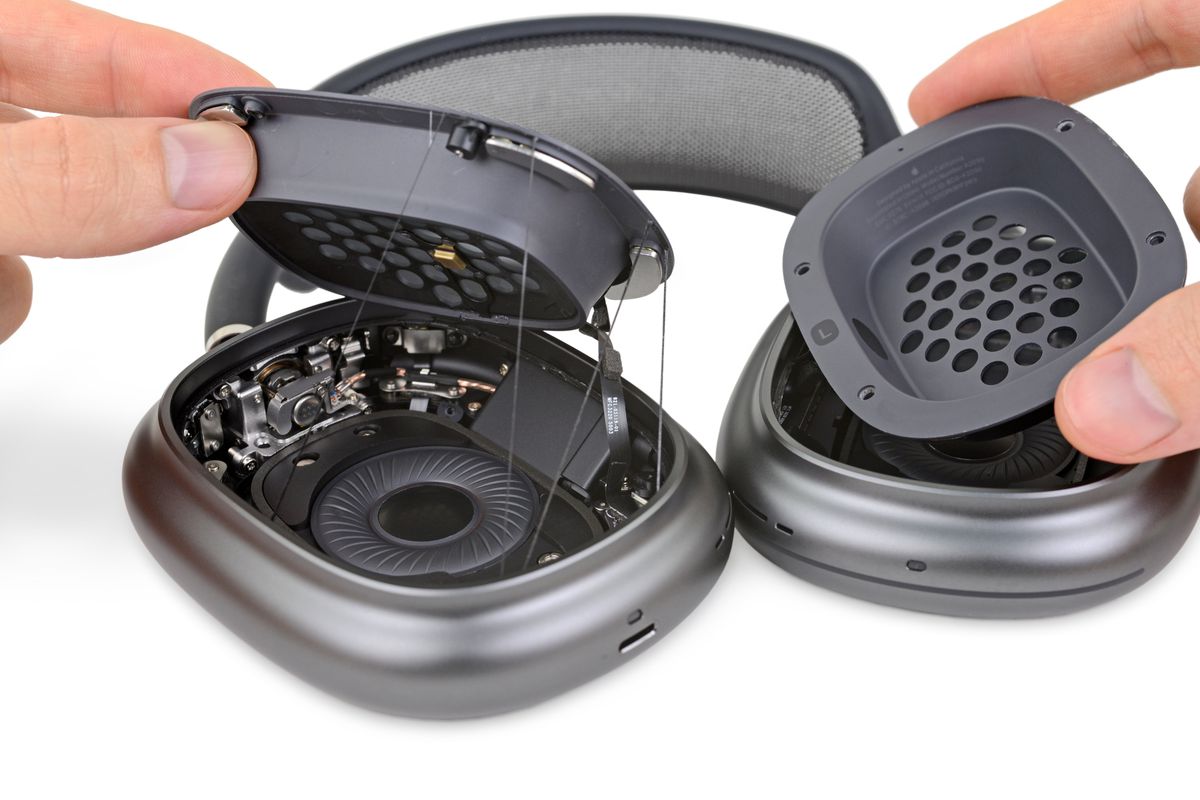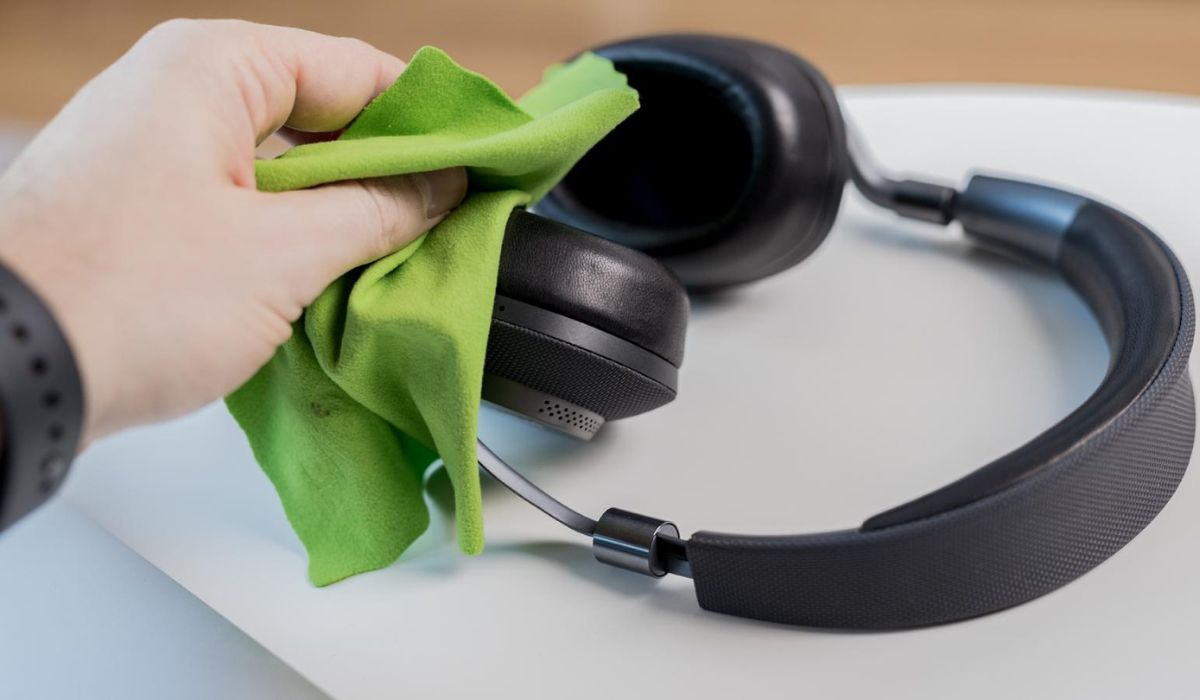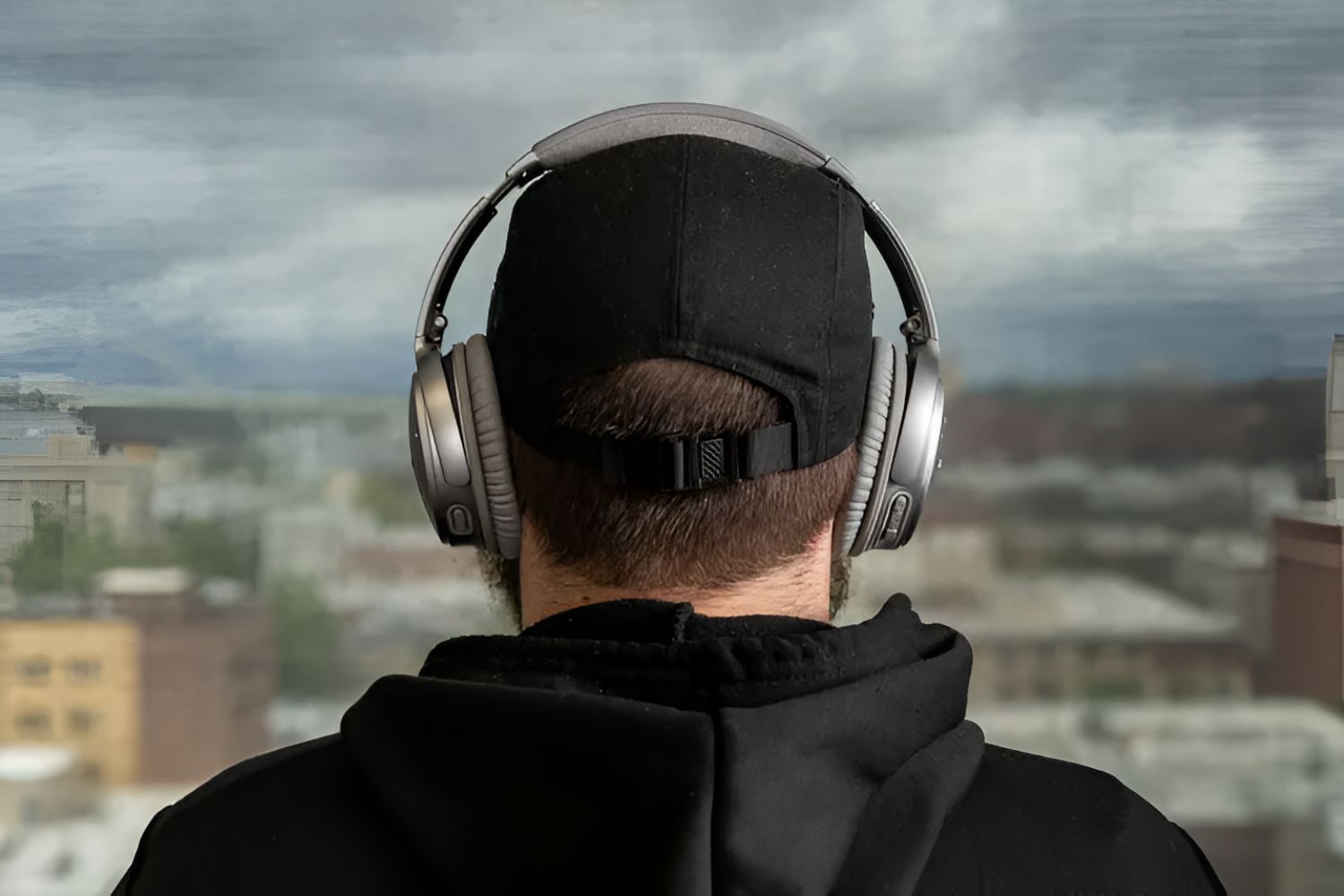Introduction
Introduction
Over-ear headphones are a popular choice for music enthusiasts and audiophiles, offering immersive sound quality and comfortable wear. When worn correctly, over-ear headphones can provide an optimal listening experience, allowing you to enjoy your favorite music, podcasts, or audio content with enhanced clarity and depth. Properly wearing over-ear headphones involves selecting the right fit, adjusting the headband for comfort, positioning the ear cups for optimal sound delivery, managing the headphone cable, and maintaining the headphones for longevity.
Whether you're a dedicated music lover, a professional audio engineer, or simply someone who appreciates high-quality sound, understanding how to wear over-ear headphones correctly is essential for maximizing their performance and comfort. By following these tips and techniques, you can ensure that your over-ear headphones provide an exceptional audio experience while minimizing discomfort and potential wear and tear.
In this guide, we will explore the key steps to properly wearing over-ear headphones, from selecting the right fit to maintaining their condition for long-lasting enjoyment. By mastering these fundamental practices, you can elevate your listening experience and make the most of your over-ear headphones. Let's delve into the details of each crucial aspect to ensure you get the most out of your over-ear headphones.
Choosing the Right Fit
When it comes to over-ear headphones, achieving the right fit is paramount for both comfort and audio quality. The first step in wearing over-ear headphones properly is selecting a pair that fits snugly and securely over your ears without causing discomfort or excessive pressure. Here are some essential tips for choosing the right fit:
- Headband Adjustability: Look for headphones with an adjustable headband that can be customized to fit your head size and shape. A flexible headband ensures a secure yet comfortable fit, preventing the headphones from slipping or feeling too tight during extended use.
- Ear Cup Size: Consider the size and shape of the ear cups in relation to your ears. The ear cups should fully enclose your ears without pressing them too tightly, providing a comfortable seal for optimal sound isolation and immersive audio.
- Cushioning Material: Pay attention to the cushioning material used on the headband and ear cups. Quality padding, such as memory foam or soft leather, can enhance comfort and reduce pressure points, allowing you to wear the headphones for extended periods without discomfort.
- Adjustable Clamping Force: Some over-ear headphones offer adjustable clamping force, allowing you to customize the tightness of the ear cups against your head. This feature is particularly beneficial for individuals with varying head sizes and preferences.
By prioritizing these factors, you can ensure that your over-ear headphones fit securely and comfortably, creating an optimal foundation for an enjoyable listening experience. The right fit not only enhances comfort but also plays a crucial role in delivering the full spectrum of sound without any compromises.
Adjusting the Headband
Once you have chosen over-ear headphones with the right fit, it’s essential to properly adjust the headband to ensure maximum comfort and stability during use. The headband plays a pivotal role in distributing the weight of the headphones evenly across your head, minimizing pressure points and ensuring a secure fit. Here’s how to adjust the headband for an optimal wearing experience:
- Proper Positioning: Start by placing the headphones over your head, ensuring that the headband rests comfortably on the top of your head without any uneven pressure. The ear cups should align with your ears, creating a symmetrical and balanced fit.
- Adjustment Mechanism: If your headphones feature an adjustable headband, take advantage of this functionality to customize the fit to your specific head size and shape. Extend or retract the headband to achieve the ideal balance between a snug fit and comfortable wear.
- Even Distribution: Ensure that the headband distributes the weight of the headphones evenly across the top of your head, avoiding any concentrated pressure points that could cause discomfort over time.
- Secure, Not Tight: The headband should provide a secure grip without feeling excessively tight. A balanced fit ensures that the headphones stay in place during movement without causing unnecessary strain.
By adjusting the headband to fit your head properly, you can enjoy extended listening sessions without experiencing discomfort or slippage. A well-fitted headband not only enhances comfort but also contributes to the overall stability of the headphones, allowing you to focus on the audio experience without distractions.
Positioning the Ear Cups
Once the headband is adjusted, it’s crucial to focus on positioning the ear cups for optimal audio delivery and comfort. Properly positioned ear cups not only contribute to a more immersive listening experience but also play a key role in passive sound isolation. Here are the essential steps for positioning the ear cups of your over-ear headphones:
- Enclosing the Ears: Ensure that the ear cups fully enclose your ears without pressing them too tightly. The goal is to create a comfortable seal that minimizes external noise and maximizes the impact of the headphone’s audio output.
- Aligning with the Ears: Position the ear cups so that they align perfectly with your ears, creating a symmetrical and balanced fit on both sides. This alignment optimizes the delivery of sound directly into your ears, enhancing the overall audio experience.
- Adjusting Angle: Some over-ear headphones allow for the adjustment of the angle at which the ear cups sit on your ears. Experiment with different angles to find the position that provides the best combination of comfort and audio quality.
- Checking for Leaks: Verify that there are no significant gaps between the ear cups and your head. Proper positioning minimizes sound leaks, ensuring that the audio remains immersive and undisturbed by external noise.
By paying attention to the positioning of the ear cups, you can optimize the passive noise isolation and audio delivery of your over-ear headphones, creating an immersive and personalized listening experience tailored to your preferences.
Managing the Cable
Effectively managing the cable of your over-ear headphones is essential for both convenience and longevity. A well-maintained cable not only reduces tangling and potential damage but also enhances the overall usability of the headphones. Here are some key practices for managing the cable of your over-ear headphones:
- Proper Coiling: When not in use, coil the headphone cable carefully to prevent kinks and tangles. A loose, figure-eight coil is a practical method to keep the cable organized and minimize the risk of damage.
- Securing the Cable: Many over-ear headphones come with a built-in cable management system, such as a detachable cable or a clip for securing the cable to the headband. Utilize these features to keep the cable neatly organized and out of the way during use.
- Avoiding Stress Points: Be mindful of where the cable connects to the ear cups and the audio source. Avoid placing stress on these connection points, as excessive bending or pulling can lead to cable damage over time.
- Length Adjustment: If your headphones feature a detachable cable, take advantage of this functionality to adjust the cable length according to your preferences. This not only reduces excess cable clutter but also minimizes the risk of accidental snags or tangles.
By implementing these cable management practices, you can prolong the lifespan of your over-ear headphones while ensuring that the cable remains organized and hassle-free during everyday use. A well-maintained cable contributes to a seamless and enjoyable listening experience, free from the distractions of tangled or damaged wires.
Taking Care of Your Over-Ear Headphones
Proper maintenance and care are essential for preserving the performance and longevity of your over-ear headphones. By adopting a few simple yet effective practices, you can ensure that your headphones continue to deliver exceptional audio quality and comfort for years to come. Here are the key steps for taking care of your over-ear headphones:
- Regular Cleaning: Wipe down the ear cups, headband, and any exposed surfaces of the headphones with a soft, slightly damp cloth to remove dust, oils, and debris. Avoid using harsh chemicals or excessive moisture, as these can damage the headphone materials.
- Storage: When not in use, store your headphones in a protective case or pouch to prevent dust accumulation and minimize the risk of physical damage. Proper storage also reduces exposure to environmental factors that could affect the headphone’s components.
- Temperature and Humidity: Avoid exposing your headphones to extreme temperatures or high humidity, as these conditions can impact the materials and internal components. Store the headphones in a moderate environment to maintain their integrity.
- Cable Care: Inspect the headphone cable regularly for any signs of wear or damage. If using a detachable cable, ensure that the connection points remain clean and free from debris to maintain a reliable audio connection.
- Ear Cushion Maintenance: If your headphones feature removable ear cushions, periodically check and clean them according to the manufacturer’s recommendations. This helps to preserve the cushioning material and ensures ongoing comfort during use.
By incorporating these care practices into your headphone maintenance routine, you can safeguard their performance and condition, ultimately prolonging their lifespan and preserving the quality of your listening experience. With proper care, your over-ear headphones can continue to provide immersive sound and comfort, enriching your audio enjoyment for years to come.







